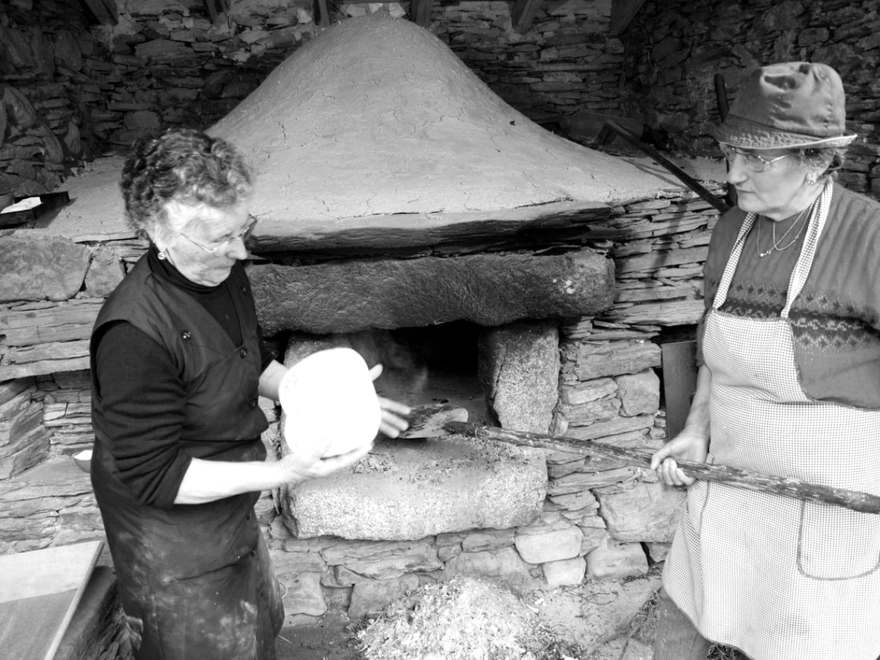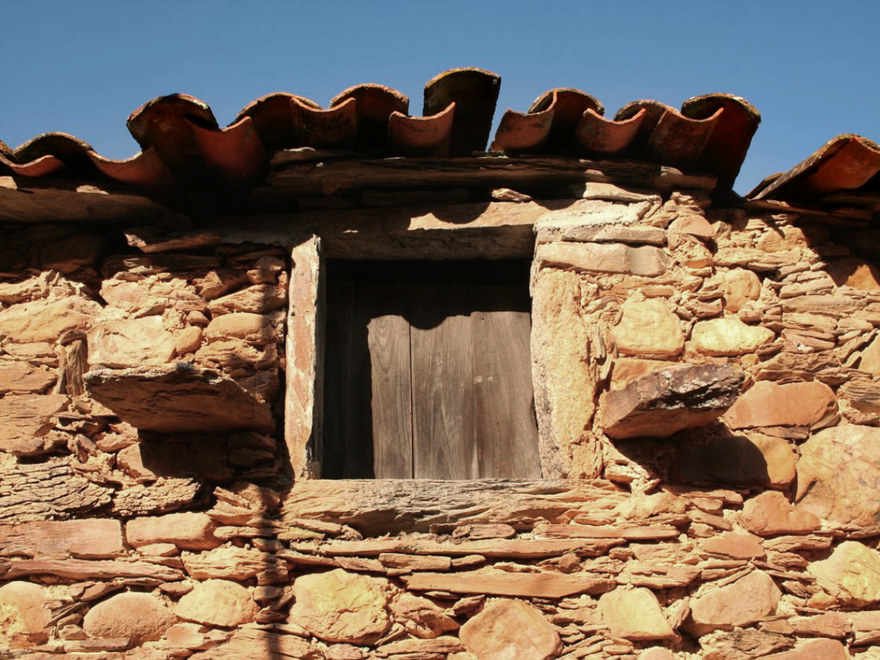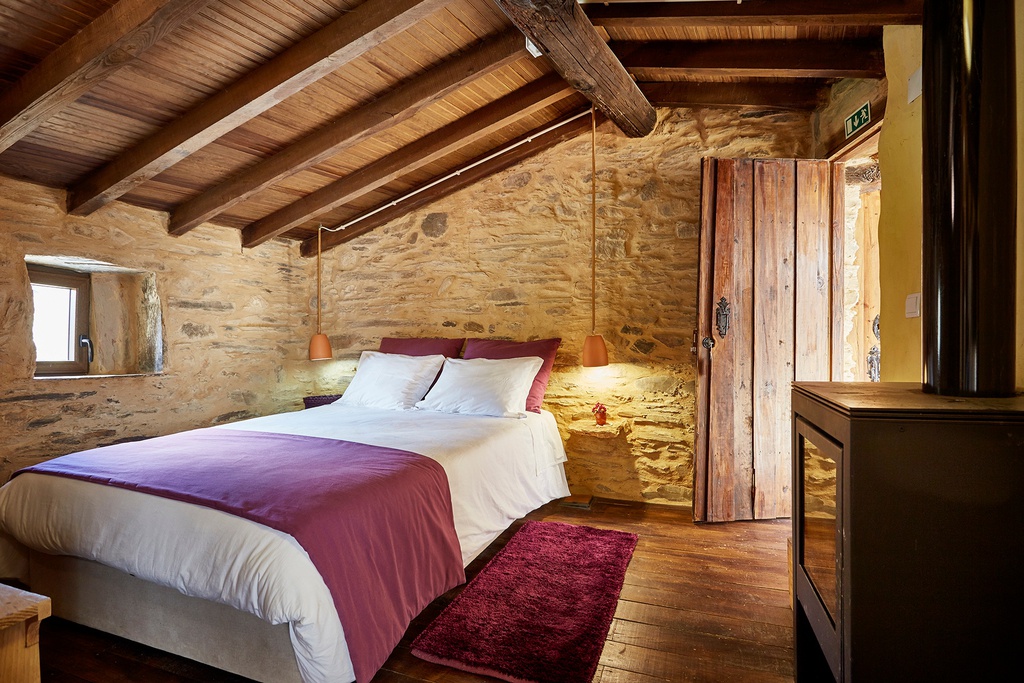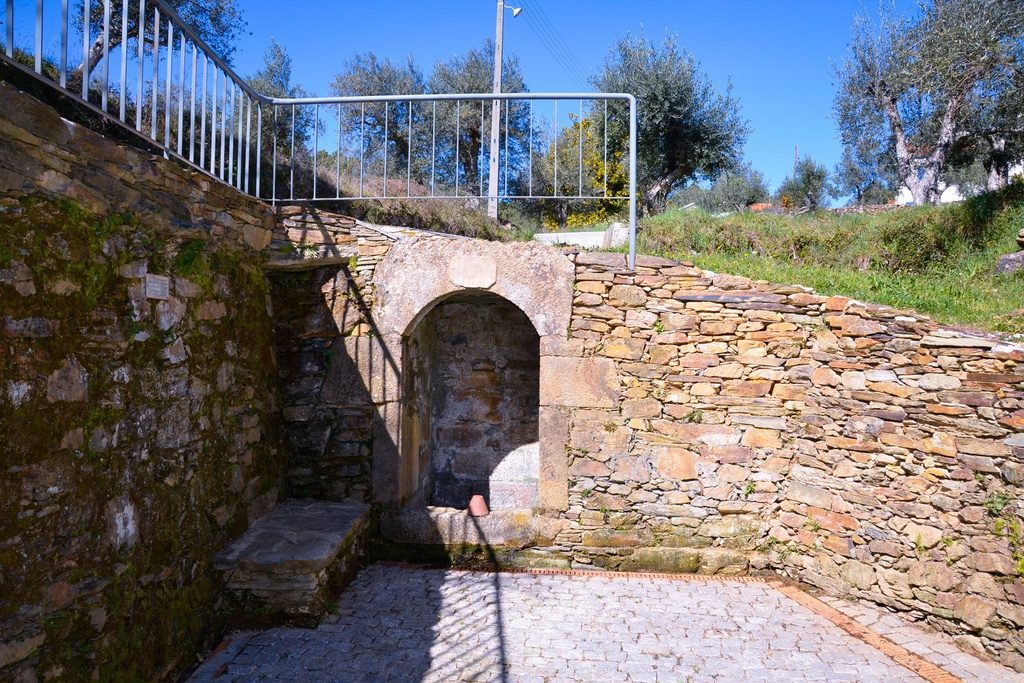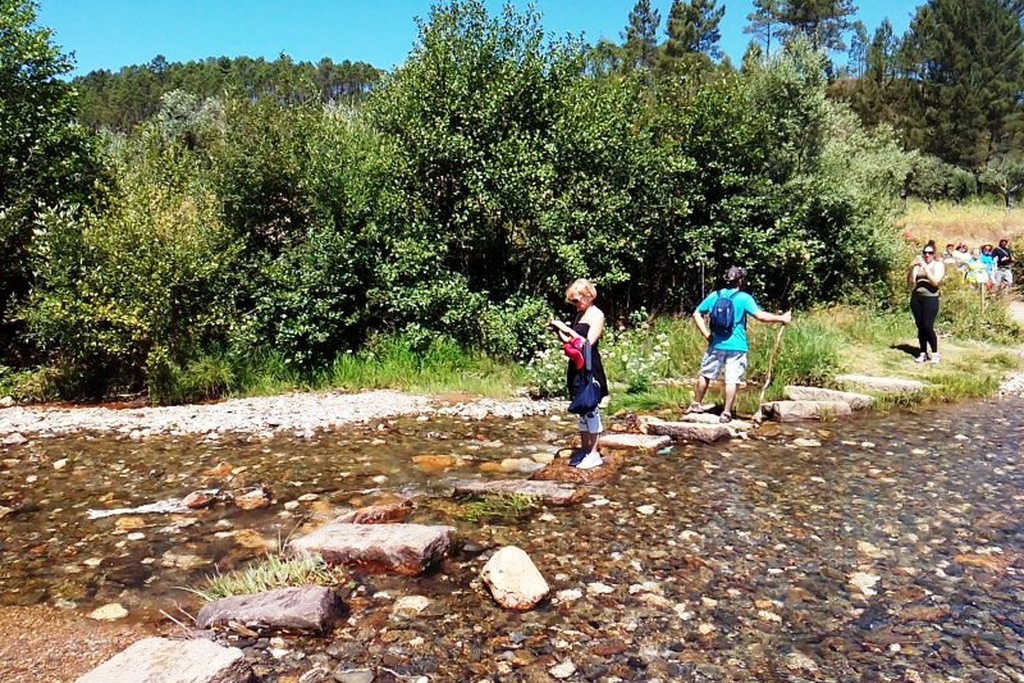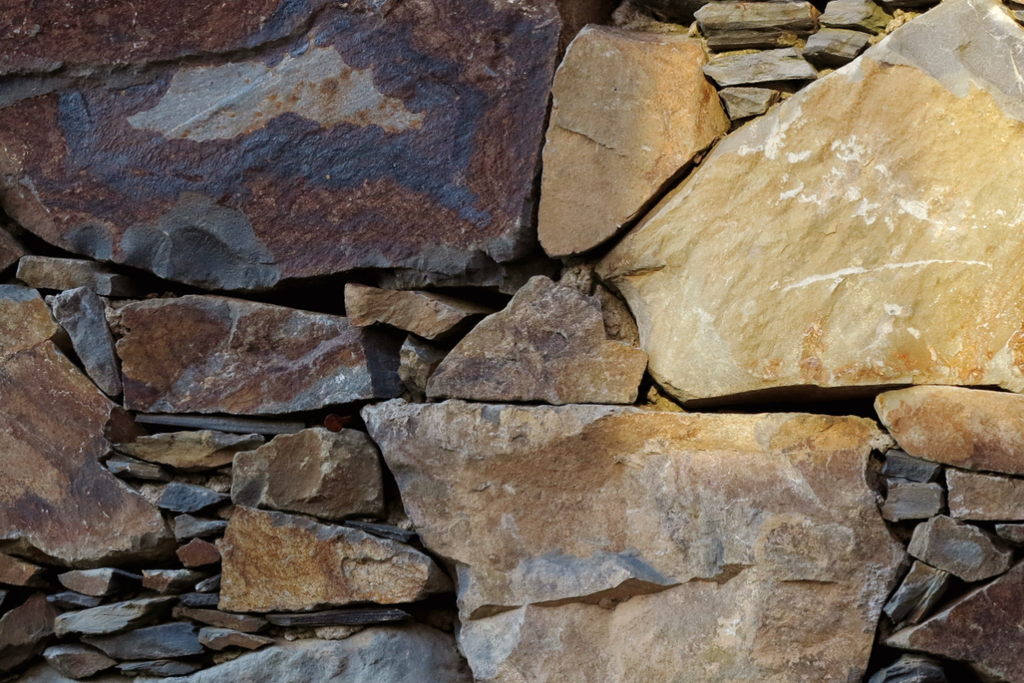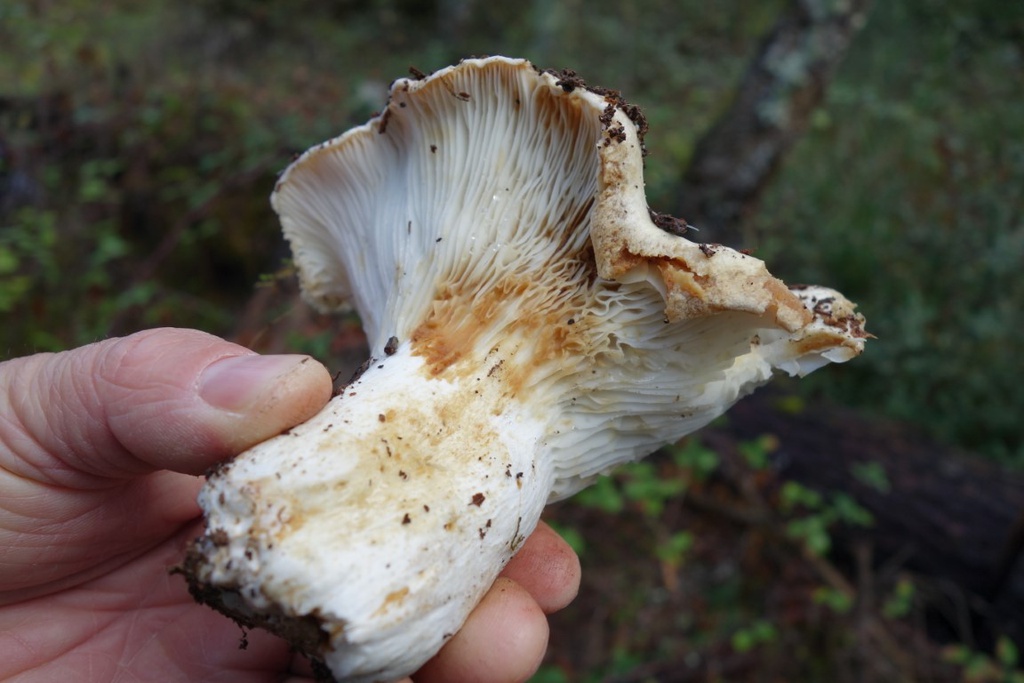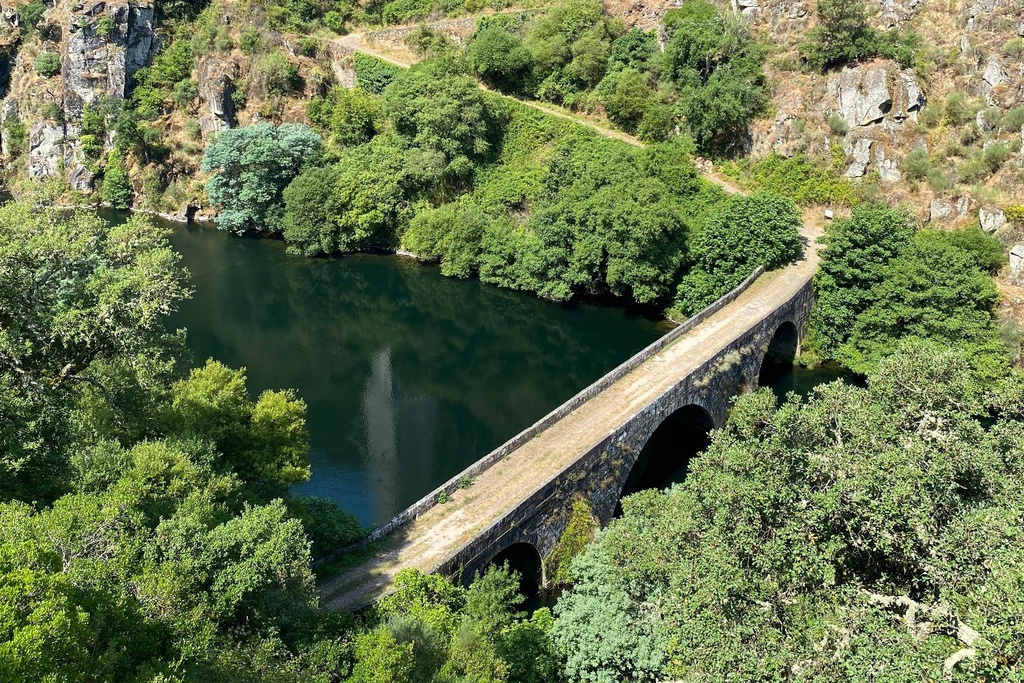The village was left there, beside the stream, watching people leave. And so it remained for many years, until, a few years ago, it awoke from that sleepiness. Behind the houses on the last street, the Ribeira de Almaceda (Almaceda stream) makes its waters and the nightingales sing. Outside, the communal oven still scents the air with newly baked bread. The ovens are the most interesting elements in Martim Branco. You just need to taste the bread to understand why.
In a land of varied relief, now high, now low , now narrow, now wide, now rounded, now pointed, it is this kind of landscape, now wild now gentle, now barren, now wooded, where the wild shrubs struggle into leaf and flower, "that Martim Branco springs to life”. Schist props stand in the gardens. Once they divided properties, now they unify the identity of the village. A number of houses showcase a rare marriage of schist and granite, a union of materials that guarantees the quality and permanence of the buildings. The doors display beautiful, eye-catching ironmongery.
Time appears to have stood still in this tiny village hidden between cliffs of schist and quartz, where every house is a modest building but with a genuine quality that the passing years not destroyed. In Martim Branco there is always some quiet spot to enchant us.








